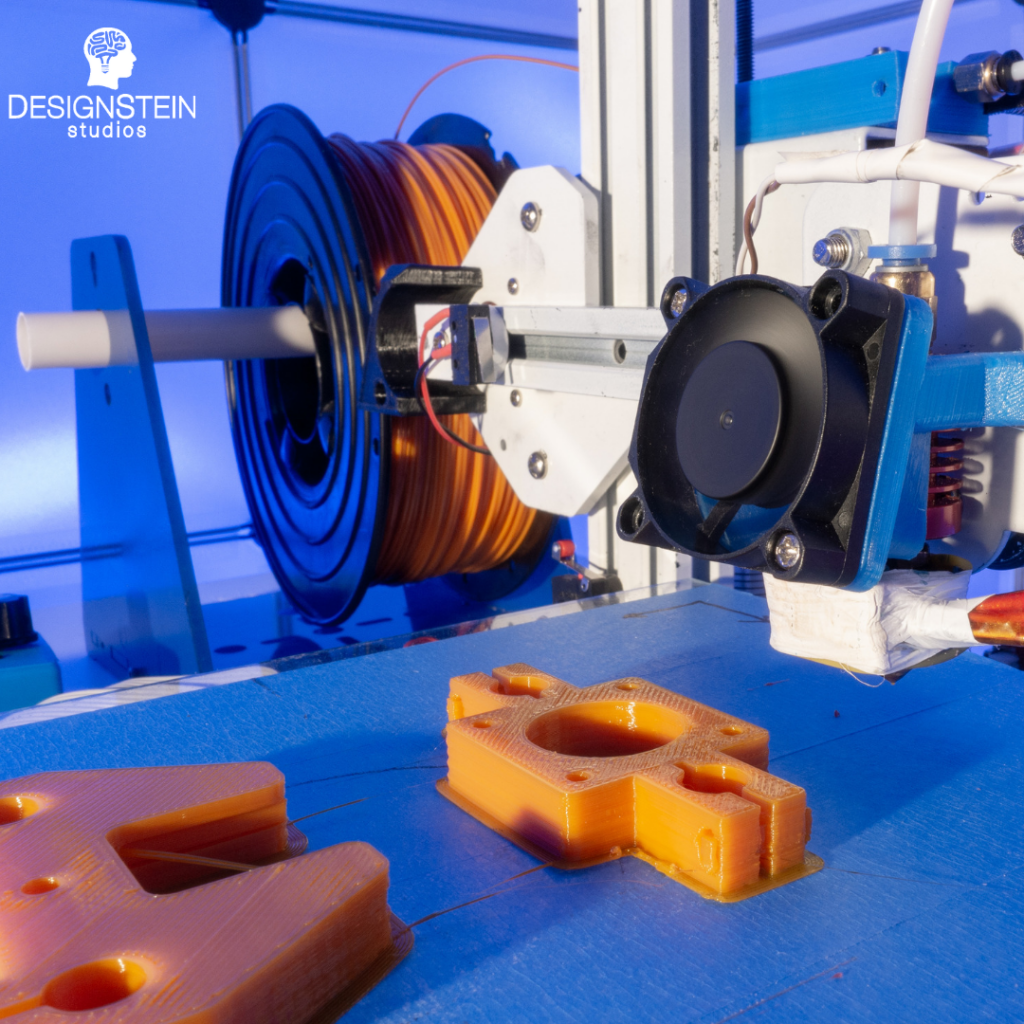From your mind to the palm, learn the steps to create a prototype that will give life to your idea!
Creating a prototype is one of the essential first steps in the product development process. It is a three-dimensional version of your idea. The method of creating a prototype can be rewarding. If practicing new things does not turn you off, then it can be fun. Creating a prototype allows you to tap into your creativity, and those are the skills which inspired your idea in the first place. Whether you are making a prototype yourself or hiring industrial design services, the process is truly exciting where you see your idea transforming to something real and tangible.
There are several stage for creating the first prototype during the product design. Firstly, how your prototype will look like depends upon the nature of your idea. Secondly, it depends upon your goals and budget – no matter how elementary it is always a great idea to start with a handmade prototype. For instance, I have seen prototypes that are made up of the household items, like glue, diaper tabs, empty milk containers, wires, even diaper tabs – you name it. It fulfills your initial demonstration process, and it is equally good as the most expensive materials. If you can create a prototype in a less costly way, why would you spend money?
If your initial homemade prototype worked, and you decide to move forward, congratulations!! At this stage you will need a pre-production prototype. If you are planning to manufacture it yourself instead of hiring some professional, then the homemade prototype can give you a perfect start.
Still wondering why do you need to create a prototype? Below are the advantages of the prototypes:
You can test over again and refine the functionality
Sure, your initial idea works perfectly in theory. You will not be able to encounter flaws in your thinking until you create it physically. It is one of the reasons why developing a prototype is a great way to test the functionality of your idea. Until you begin to take your idea from theory to reality, you will never know the challenges and the design issues. Therefore, most of the industrial design services providers recommend creating a prototype.
You can test the performance of different materials
Making a prototype will help you test the performance of various materials. For instance, you may finalize to use an expensive metal, until you realize after checking that a lower cost material even performs better than the metal for a particular application. This stage will help you knowing which material works best for your idea.
You can describe your product more effectively
A prototype allows you to describe your product more effectively with your team of experts, attorneys, engineers, marketing experts, and potential business partners.
People will take your idea seriously
It is until you design your prototype; people will not take your idea seriously. When you arrive at the meeting with a prototype in hand, you stand out among all others who are there without actually having a tangible thing to show. You will separate yourself from the dozens of people who have vague ideas in mind but have nothing to prove. From your attorney to the potential licensing company, everyone in the room consider you a professional with a purpose, unlike an inventor with a good idea.
Developing your prototype
Moving forward, how do you build your prototype? This stage is the period of greatest learning. If the invention turns you on, you are going to love this stage. The creative exploration of the prototype always inspires me. It is when your words and thoughts change from “How will I? To “I Can.”
Remember, there are no hard and fast rules for creating a prototype. Allow yourself to experience everything. Homemade prototypes are great ways to give life to your idea. Look around at your house and find the best material to test if your idea works.
Of course, you can use any material ranging from textile to chemicals to metals. Always have more than a single option. Try to be open to alternatives, and chances are you will not find the original material you set your heart to. Allow yourself to have the freedom to explore. This time put your thoughts aside, and you may end up coming back. If not, at least you will know you already made the best decision.
Bringing your prototype to the pros
Once you can create your prototype, bring it to the industrial design service providers who can help you with the next steps. At this stage, you can take many avenues. You can hire designers, engineers, prototype developers, or a student from the local college to help you out. Whatever way you choose, consider your budget and time.
Prototyping stage allows you to use all the untapped creative ability and explore the unexplored possibilities. Have an open mind and do not limit yourself from the existing notions. Hire industrial design services to help you explore as you begin to bring your product ideas to life.

